Visiting The Harley-Davidson Museum

Every year since 1915, Harley-Davidson has put aside one example of each of its models. Call it foresight on behalf of the founders, but today we’re glad they did. It may be hard to believe, but prior to 2008, all of these bikes, along with other historical remnants of the company’s past, had been spread out between H-D’s corporate office, dealerships, private collections and even sheds tucked away in rural America. Sadly, but inevitably, some pieces have also been lost to father time.
Being the sole American motorcycle from 1953 to 1998 (Indian comebacks notwithstanding), and certainly the largest and most significant, The Motor Company understood the importance of the brand and in 2005 purchased 20 acres of land along the Menomonee River.
VIEW: Read our feture on the opening of the Harley-Davidson Museum
This location, just a short jaunt from the site of the original shed the Davidson brothers started the company with, would become the site of the Harley-Davidson Museum. And on this, the 110th anniversary of Harley-Davidson, Motorcycle.com was invited to tour the facility, take in the sights, and reflect on 110 years of America’s motorcycle.
Opened on July 12, 2008, the H-D museum is an awesome collection of more than just motorcycles; it’s like walking into a time machine. The models are displayed in the greater context of the time period, with pictures, posters, trophies and other artifacts from the era on display to further illustrate this point.
Visitors to the museum will start the tour on the second level, as the halls are arranged in chronological order, starting with Harley-Davidson “Serial Number One.” Housed here is the first known Harley-Davidson. It’s now restored, but when originally discovered it featured a hodgepodge of different parts, though it receives its name because etched inside the crankcase is a number “1.”
The next three halls represent the 20s, 30s and 40s, respectively. Here, you see Harley maturing and growing as a company, setting itself apart during a time when there were over 100 different American motorcycle manufacturers. Of particular note is the company’s involvement in WWII, as, like many companies of the time, H-D dedicated its resources to the war effort, while civilian production came to a standstill.
RESEARCH: Read about Harley-Davidson’s Limited Edition 110th Anniversary Models
Across the corridor lies the competition hall, filled with old boardtrack racers and hill climbers. But more than just motorcycles are displayed here; racing attire, trophies and medals are showcased as well. Also in this hall is an exhibit to various motorcycle clubs dating back to the 1920s. Their vests, jackets, shirts and sweaters – adorned with bright colors and club names – sit proudly for visitors to see.
Head downstairs and the tour resumes in the 1950s. As 1953 marked H-D’s golden anniversary, here lies a special edition 1954 KH side-valve, complete in a limited-edition yellow color with a commemorative medallion on the front fender. This would mark the beginning of medallions used for anniversary models.
Moving along to the 1960s and 1970s we start to see Harley-Davidsons become a part of American pop culture, highlighted by a replica of the Captain America FLH Peter Fonda famously piloted in the movie Easy Rider.
Across the hall in its own exhibit is what can best be described as the AMF booth. From 1969-1981 H-D was owned by AMF (American Machine and Foundry) in what would become a financially rocky period for The Motor Company. During this time Harley-Davidson was searching for its identity as European and Asian competition were becoming more accepted. Examples in this exhibit include a snowmobile, powered by a two-stroke engine, and what would have been a drastic departure had it been finished – the Nova.
Desperate to compete with the competition abroad, AMF wanted to modernize Harley-Davidson and show the world it could produce more than just long-stroke, pushrod V-Twins. The Nova was this motorcycle. Had it gone into production, it would have introduced a number of firsts, not least of which is the first liquid-cooled, V-Four Harley with chain-driven cams. Alas, funding ran out and the project was scrapped.
H-D CONCERTS: See who’s going to be playing at the Harley-Davidson 110th Anniversary Celebration
From here, the tour draws close to its conclusion, as the remaining exhibits are revolving, though Harleys from every era litter the floor. During our particular visit, the tsunami bike was on display, mostly in the same condition it was recovered in after its long journey from Japan to British Columbia.
But, being the 110th Anniversary of Harley-Davidson, we end the tour in the final exhibit, “Designing a Celebration.” Special logos and medallions were first seen on anniversary models in 1953, for the 1954 model year, however the practice was shelved until the 85th anniversary in 1988. Since then, H-D has been celebrating its birthday every five years. The 110th anniversary is no different. Here we see just how much thought and effort are put into these designs.
Showcased in glass cases are just a few sketches of past logos drawn up by Willie G. Davidson himself. The 110th design was his final project before retirement. Hundreds of such sketches exist, many literally drawn on napkins. After Willie G. finishes a sketch, it then gets passed on to Chief Stylist Ray Drea for revisions then gets passed again to Paul Martin, Manager of Graphic Design, for another round of revisions.
Beyond aesthetic concerns, these three men have to keep in mind the usefulness of the design apart from the motorcycle. They’re tasked with ensuring the design is suitable for merchandising, apparel and other needs. Since the 1930s, however, the H-D logo has always featured the bar and shield with accompanying wings.
Anniversary models are “opportunities for Harley-Davidson to push the envelope with materials, finish, design and manufacturing techniques,” says the museum’s Senior Curator, Kristin Jones. Take paint application for example. In 2003, the 100th anniversary models had the thinnest paint of its time. To do this, H-D scrutinized the painting process and “basically reinvented the way paint is applied,” Jones says.
There are even teams of chemists tasked with creating the precise color shade the design team asks for. As you’ll see from the pictures ( see our photo gallery), a lot of thought goes into making sure anniversary models are visually striking.
H-D’s 110th birthday is sure to be a big party, and if you’re going to be in the area be sure to come by the museum. Whether you’re a moto enthusiast or just a casual observer, the museum has something for you. It’s also not unusual to find a member of the Davidson family strolling the halls of the collection. For more information, visit the Harley-Davidson Museum’s website.
Check out all our photos from the Harley-Davidson museum here.

Troy's been riding motorcycles and writing about them since 2006, getting his start at Rider Magazine. From there, he moved to Sport Rider Magazine before finally landing at Motorcycle.com in 2011. A lifelong gearhead who didn't fully immerse himself in motorcycles until his teenage years, Troy's interests have always been in technology, performance, and going fast. Naturally, racing was the perfect avenue to combine all three. Troy has been racing nearly as long as he's been riding and has competed at the AMA national level. He's also won multiple club races throughout the country, culminating in a Utah Sport Bike Association championship in 2011. He has been invited as a guest instructor for the Yamaha Champions Riding School, and when he's not out riding, he's either wrenching on bikes or watching MotoGP.
More by Troy Siahaan



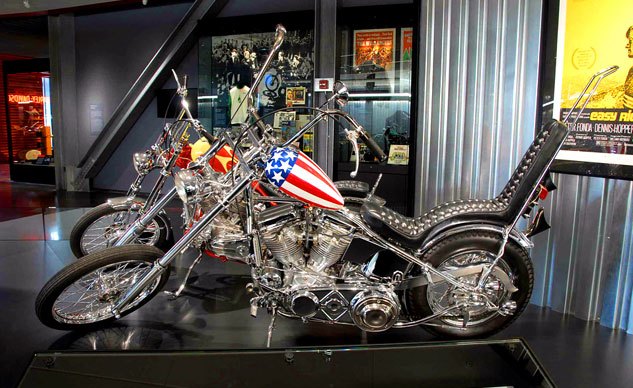
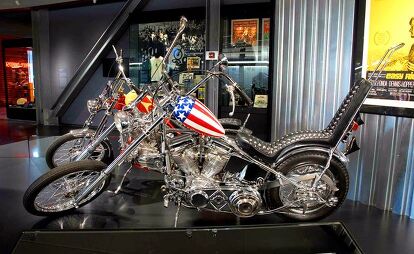









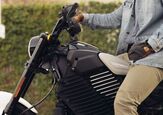
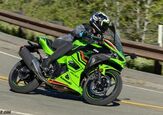
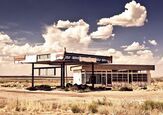


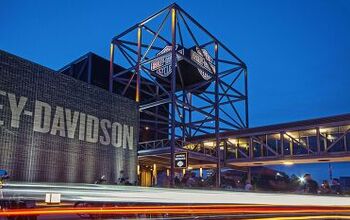
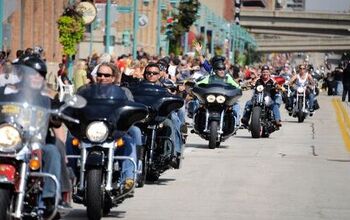
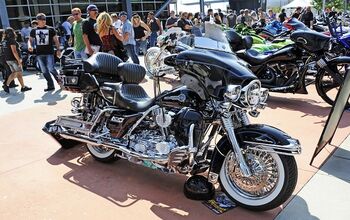
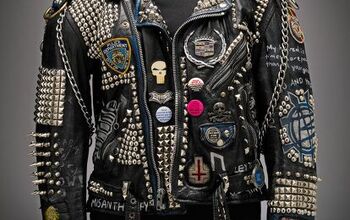
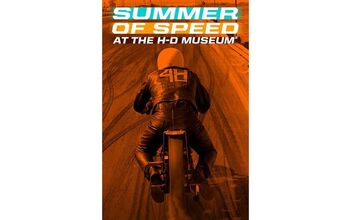
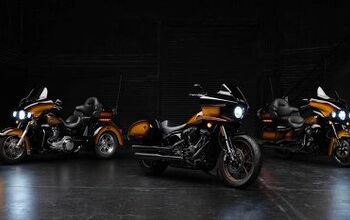
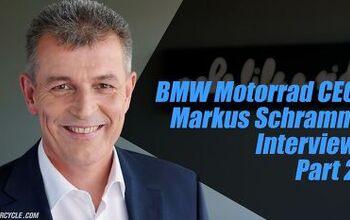
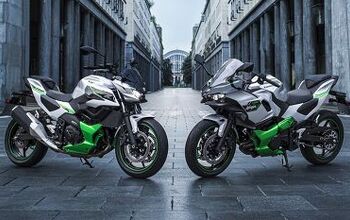
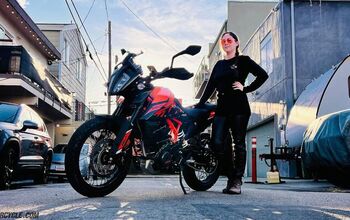
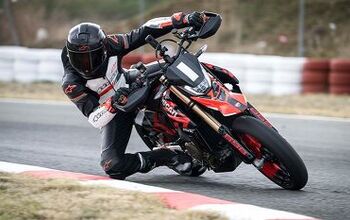


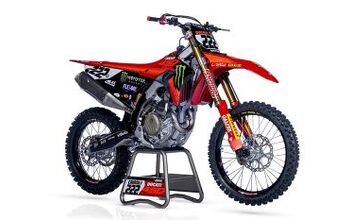


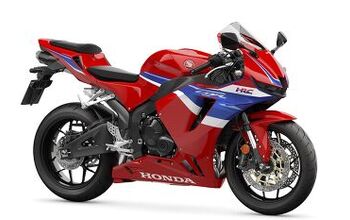


Comments
Join the conversation
Loved this article that I came across looking for 110 Anniversary fender Medallions. Do you know if HD made 110th Anniversary fender Medallions and if so do you know where are they available? I called the Museum and the young girl that answered the phone didn't know if HD had even made them. All she knew was the Museum shop didn't have any.